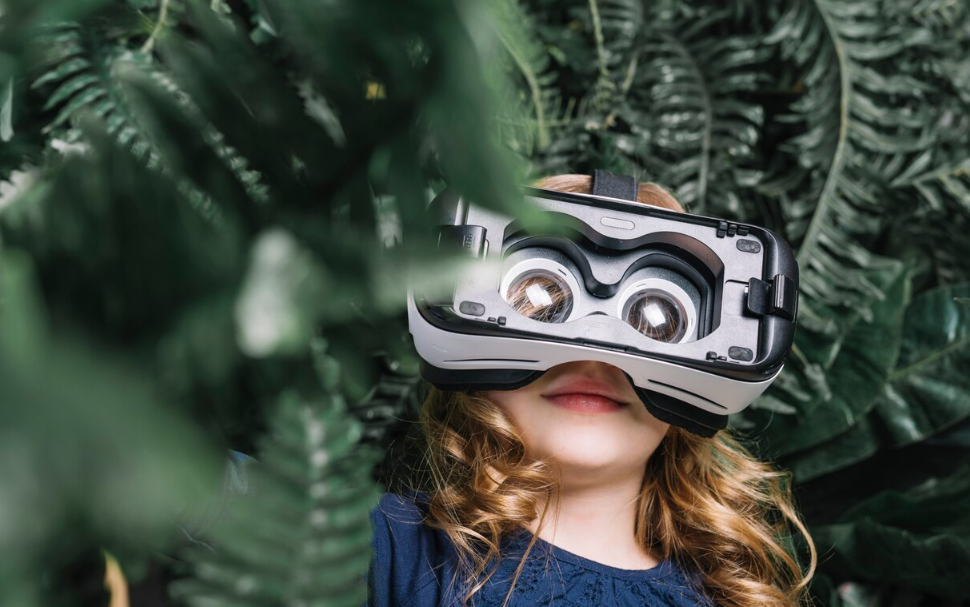In an era of rapid biodiversity loss, technology is stepping in to offer unexpected hope. What if extinct species could be brought back to life—not through genetics or cloning, but through robotics? Welcome to the frontier of robotic wildlife, where scientists and engineers are merging biology with artificial intelligence to simulate, study, and even reintroduce the essence of extinct animals into our world.
The Concept of Robotic Wildlife
Robotic wildlife refers to machines designed to mimic real animals in appearance, behavior, and ecological function. Unlike animatronics for entertainment, these robots aim to replicate the role of extinct species in their natural habitats, offering an innovative solution to ecological imbalance.
While de-extinction via DNA remains controversial and complex, robotics provides a non-invasive, controllable, and ethically clearer alternative. Imagine robotic dodos cleaning up underbrush or artificial passenger pigeons restoring seed dispersal patterns once vital to forest ecosystems.
Why Rebuild with Robots?
There are several compelling reasons to explore robotic wildlife:
- Ecosystem Restoration: Many extinct animals were keystone species. Replacing them with functional robotic counterparts could help stabilize ecosystems suffering from their absence.
- Education and Conservation: Robotic animals can safely simulate rare or extinct behaviors, offering immersive learning experiences without harming living creatures.
- Scientific Observation: Bio-inspired robots can infiltrate animal communities, gathering valuable data without disturbing the subjects, something traditional sensors can’t achieve.
- Ethical Experimentation: Unlike cloning, robotics doesn’t introduce genetic uncertainties or ethical dilemmas regarding the quality of life of recreated animals.
Real-World Examples
- Robotic Bees: With pollinators like bees in decline, research labs are developing micro-drones capable of pollinating plants, offering a potential backup to natural pollinators.
- MIT’s Robotic Cheetah: Though not a replica of any extinct cheetah species, this agile quadruped demonstrates how robotic movement can replicate natural animal dynamics, paving the way for more realistic artificial fauna.
- Bionic Fish & Birds: Universities around the world are experimenting with robotic fish and birds to study flocking, migration, and aquatic behaviors. Some are now being tested in natural environments.
Challenges and Questions
Despite the promise, robotic wildlife is still in its infancy and raises key questions:
- Authenticity vs Functionality: Should robots look like the original animals or merely perform their ecological roles?
- Integration with Nature: Can artificial beings truly become part of an ecosystem, or will they disrupt more than they restore?
- Maintenance and Longevity: Natural animals self-repair, reproduce, and adapt. Robots don’t—at least, not yet.
The Philosophical Angle
Rebuilding life with machines blurs the lines between natural and artificial, prompting philosophical debate. Are we preserving nature—or replacing it? Could a world of synthetic fauna desensitize us to real extinction?
Or perhaps, robotic wildlife serves not as a replacement, but as a reminder—a high-tech echo of what was lost, inspiring us to protect what remains.
Conclusion
Robotic wildlife isn’t just science fiction anymore. It’s an emerging field where conservation, engineering, and ethics collide. While it may never truly replace what we’ve lost, it has the potential to support ecosystems, educate future generations, and perhaps most importantly, awaken a deeper respect for the living world—before it becomes all robots and memory.


